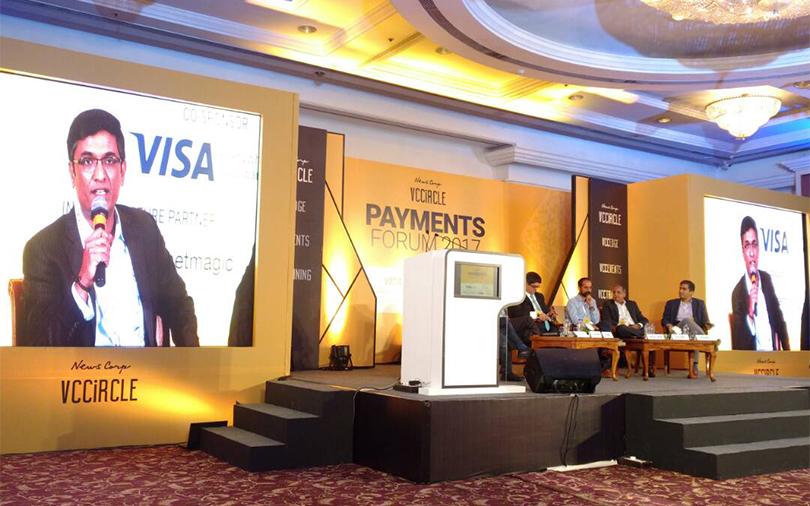The government’s demonetisation move last November provided a fillip to the digital payments industry and brought about lasting change in consumer behaviour, panellists at the News Corp VCCircle Payments Forum 2017 said.
Although the number of digital transactions has fallen after remonetisation, the change in consumer behaviour is discernible, they added.
The panellists were addressing nearly 500 delegates from the startup, payments and finance ecosystem in a session titled ‘The India Opportunity: Leading the next wave of innovation’ at the VCCircle event on Wednesday.
Citing numbers, Vinit Singh, chief business officer at digital wallet firm MobiKwik, said the company’s customer base had increased from 35 million to 55 million in the aftermath of the November move. The firm now does 2 million transactions a day, up from 1.5 million transactions six months ago.
“There is a slow but discernible shift in consumer behaviour, which outweighs other factors,” said TR Ramachandran, group country manager, India and South Asia, Visa. Earlier, only 7% of all fuel payments were digital, but that has now trebled, he said.
Ramachandran emphasised the digital opportunity for companies in India. “India is the single largest cash displacement opportunity on the planet,” he said.
The personal consumption space presents a $1 trillion opportunity, which is five times that in the corporate space, he added.
The panellists agreed that one of the challenges was that cash continues to be a force of habit. However, the digital awareness created by the government’s move has been a game-changer for the industry, and is here to stay.
“The key change for us is that the conversation with clients has moved to digital,” said Asit Oberoi, group president and global head, transaction banking, Yes Bank. Sometimes, even before discussions on lending – which is core to banking operations – clients want to know how they can digitise their landscape, Oberoi added.
The global digital push has been enabled by the development of recent technological innovations in finance such as UPI, e-signatures, e-KYC, and Aadhaar, which will become the bedrock of digital finance over the next two years, Smita Aggrawal, director of investments at Omidyar Network, said in a keynote address on ‘Innovations in Finance’.
Challenges remain
The panellists unanimously agreed that the boost provided by demonetisation needs to be backed by other concrete measures to realise the full potential of the payments opportunity.
Authentication and digital security are still problems, said Ramachandran. He added that ‘last-mile connectivity’ needs to be as secure as first-mile connectivity. Furthermore, lending – which is how banks make money – needs to go digital. Unless the digital thrust leads to more lending, the opportunity will not be fully realised, he explained.
Shailesh Lakhani, managing director at Sequoia Capital India, said although there had been obvious benefits, demonetisation resulted in uncertainty for the business models of some companies.
With the advent of unified payments interface (UPI) and apps like BHIM in recent months, it is unclear if the government wants to be a platform or a principal player in the ecosystem, he said. While business models of AMEX/ Visa and Mastercard are clear, other new-age business models are still unclear. Clarity on the regulatory situation would benefit such firms, he said.






